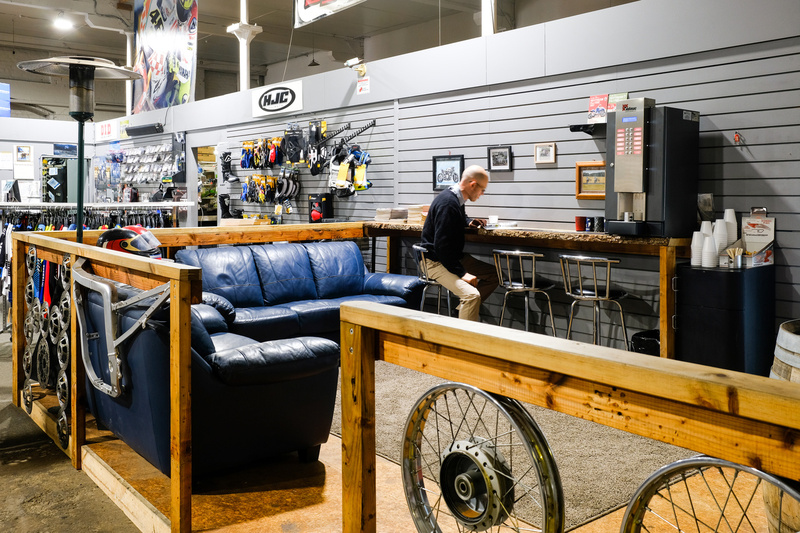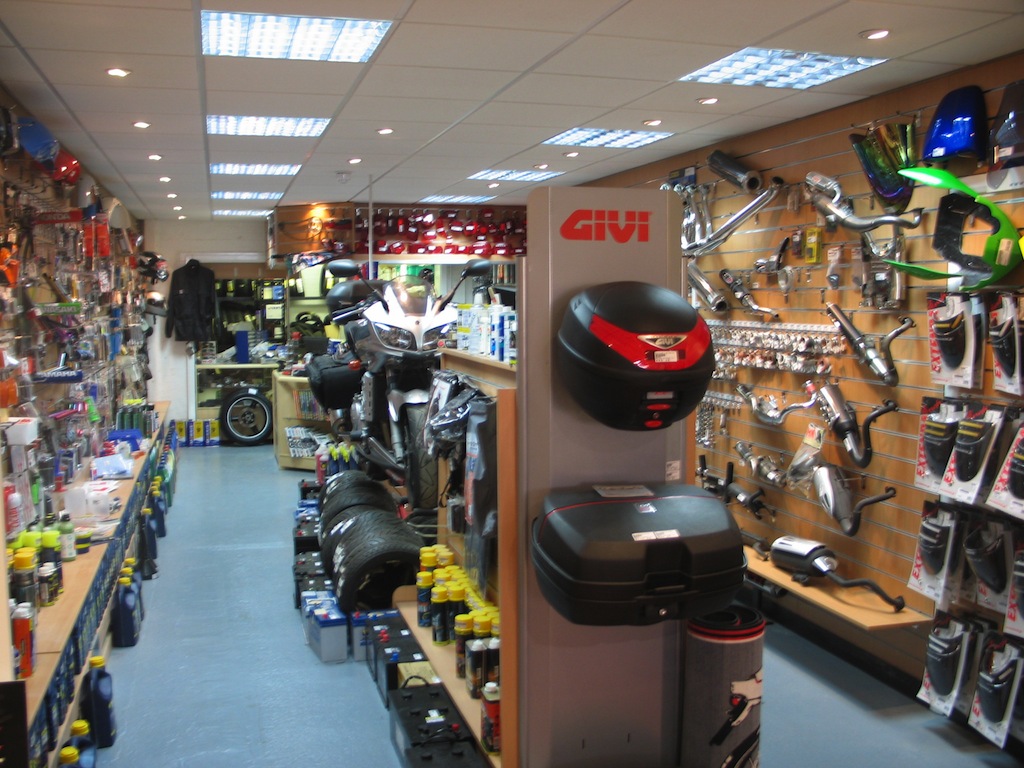Discover Competitive Rates on Motocross Parts NZ for every single Bike
Discover Competitive Rates on Motocross Parts NZ for every single Bike
Blog Article
Comprehending the Important Parts of a Motorbike: A Comprehensive Overview for Enthusiasts
For motorcycle enthusiasts looking to raise their riding experience and ensure their bikes run efficiently, understanding the necessary parts of a motorbike is extremely important. Each aspect, from the engine's complex functions to the important function of the braking devices, not only influences performance however also security and convenience. This overview will walk through the fundamental components that every biker should be familiar with, enabling informed choices in both upkeep and prospective upgrades. As we begin this exploration, one must ask: how does each part interact to produce the seamless trip every lover seeks?
Engine Parts

The camshaft plays a critical function in regulating the timing of the engine's valves, guaranteeing the accurate opening and closing essential for efficient gas and air intake, in addition to exhaust expulsion. This timing is critical to maintaining optimal engine performance and efficiency. In addition, the carburetor or gas shot system, relying on the motorcycle design, is accountable for blending air with gas in the right proportion for burning.
The air conditioning system, either air or liquid-based, functions to preserve the engine's temperature within operational limitations, avoiding overheating and making sure durability - motorcycle parts nz. Each part, meticulously created and integrated, adds to the smooth operation of the engine, defining the motorcycle's power output and overall performance
Transmission System
Important to the motorcycle's capability, the transmission system makes sure effective power transfer from the engine to the wheels. This system consists of numerous vital parts, consisting of the clutch, gearbox, and last drive, each playing an important function in translating the engine's power right into movement. The clutch, usually run by a hand bar, serves to disengage the engine and involve from the transmission, allowing for smooth equipment modifications and controlled velocity.
The gearbox, frequently described as the transmission appropriate, contains a collection of equipments that bikers can manually shift through to readjust the bike's rate and torque result. These equipments are organized in a sequence that makes it possible for the motorcycle to accelerate smoothly and keep optimal engine efficiency throughout various speeds. Most motorcycles use a sequential gearbox, requiring the motorcyclist to change gears in an established order.
Braking Mechanisms
While understanding the transmission system is essential to harnessing a motorcycle's power, equally important is the capacity to regulate and quit that power effectively, which is where stopping devices enter into play. Brakes are vital for security and efficiency, offering the rider with the necessary control to navigate different terrains and problems. Commonly, motorbikes feature 2 kinds of stopping systems: disc brakes and drum brakes.
Disc brakes are more common in modern motorcycles due to their superior performance. This system supplies much better warmth dissipation, consistent performance, and enhanced quiting power, particularly in damp problems.
On the other hand, drum brakes, though much less usual, are still found in some bikes. They work by pushing brake shoes against the inner surface of a drum connected to the wheel. While usually less reliable in heat dissipation and quiting power, drum brakes are simpler and more cost-effective.
Understanding these braking systems' subtleties allows cyclists to preserve their motorbikes appropriately and appreciate the design that guarantees efficient and secure stopping.
Suspension and Steering
Suspension and guiding systems are important components that significantly affect a motorbike's handling and adventure convenience. The shock absorber, consisting of forks at the front and shock absorbers at the back, takes in road irregularities, read what he said enhancing stability and control. Front forks, upside down or typically telescopic, compress and rebound to mitigate impacts, while back shock absorbers preserve tire call with the road, critical for grip and security.
Steering, centered around the handlebars, connects the motorcyclist to the bike's directional control. The steering head bearings ensure smooth procedure, enabling exact maneuverability. Proper positioning and upkeep of these bearings are vital for predictable steering response and lowering biker fatigue.
The suspension's adjustability is one more vital aspect; preload, damping, and rebound settings permit modification to suit numerous riding conditions and styles. This flexibility is important for enhancing performance, whether browsing metropolitan roads or taking on rugged trails. Innovations like digital suspension systems use real-time adjustments, enhancing experience quality across diverse surfaces.

Electrical Systems
After guaranteeing a smooth and controlled experience through reliable suspension and guiding systems, interest turns to the electrical systems, an essential element of modern bikes. These systems play an important role not just in starting the engine however also in powering various elements that boost the functionality and safety and security of the motorbike.
At the heart of a motorbike's electrical system is the battery, which shops electrical energy essential for beginning the engine and powering complementary systems - motorcycle shop. The alternator or generator, combined with the rectifier-regulator, makes sure the battery stays billed while the motorcycle is in procedure, converting power into electrical energy and maintaining voltage degrees
The ignition system, another vital element, is accountable for firing up the air-fuel mixture in the engine's cyndrical tubes. Modern motorcycles often make use of a digital ignition system, using higher effectiveness and dependability contrasted to standard systems.
Lighting systems, consisting of fronts lights, tail lights, and indicators, are likewise vital, guaranteeing presence and safety and security for the motorcyclist. Additional digital components such as sensors, control systems, and displays add to innovative functions like fuel shot administration, anti-lock stopping systems (ABDOMINAL MUSCLE), and electronic dashboards, further improving the riding experience.
Conclusion
A thorough understanding of a motorcycle's important parts, consisting of the engine, transmission system, braking mechanisms, suspension, steering, and electrical useful content systems, is vital for fanatics her response intending to maximize safety and security, efficiency, and convenience. Mastery of these aspects permits educated choices relating to upkeep and upgrades, eventually improving the riding experience. By integrating this knowledge, motorcyclists can ensure their bikes operate at peak performance and dependability, thereby making the most of both pleasure and long life of their cars.
For motorbike lovers looking to boost their riding experience and ensure their bikes run efficiently, comprehending the essential components of a bike is vital.Integral to the motorcycle's capability, the transmission system ensures reliable power transfer from the engine to the wheels.While recognizing the transmission system is essential to utilizing a motorbike's power, equally vital is the capability to manage and quit that power efficiently, which is where braking devices come right into play. Normally, motorcycles include two types of stopping systems: disc brakes and drum brakes.
A thorough understanding of a motorcycle's crucial parts, including the engine, transmission system, braking systems, suspension, guiding, and electric systems, is indispensable for enthusiasts intending to enhance safety and security, comfort, and efficiency.
Report this page